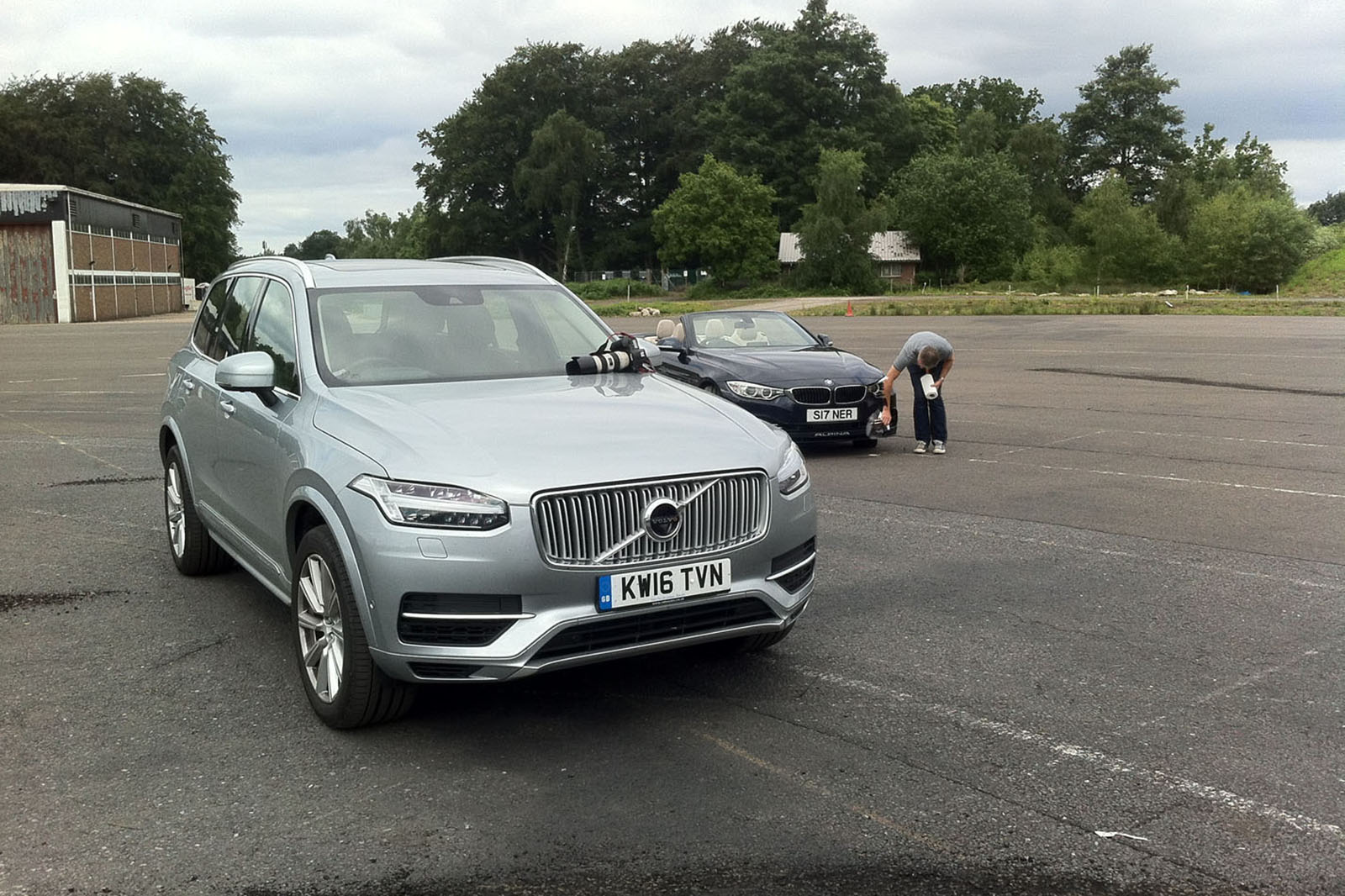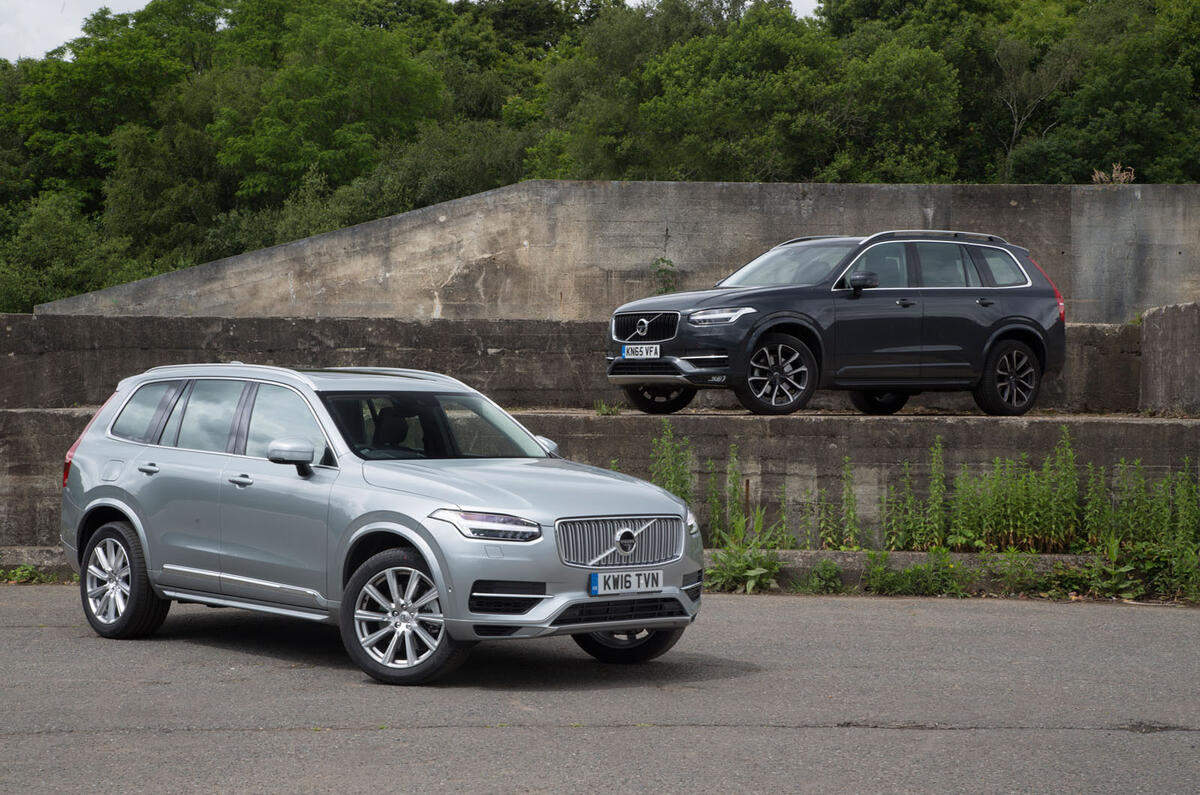The ‘test best’ economy figure in the specs below tells you how best to use a Volvo XC90 T8 plug-in hybrid. ‘Infinite mpg’, it says, which is an achievable, if unlikely, state of affairs in which to find a seven-seat luxury SUV.
Certainly it’s unlikely if you use an XC90 T8 like we have been for the past 8000 miles. The T8 – which has a petrol engine and an electric motor – replaced a D5 diesel XC90, in which we’d covered nearly 18,000 miles while returning 37mpg.
Do short journeys in a T8 and its plug-in hybrid system, which suggests an electric-only range of 25 miles, means you can do rather better than the mid-30s to the gallon you’ll get in the D5 – which is how it comes to get a 49g/km CO2 rating and sits in vehicle excise duty band A.

Short journeys, though, aren’t really what an XC90 excels at. So let’s get it out of the way: worst case, if you don’t charge the T8 at all, is that you’ll see between 29mpg and 31mpg from its 2.0-litre petrol engine, which is both turbocharged and supercharged. Which ain’t bad for a 2.2-tonne SUV but hardly deserving of a 49g/km CO2 rating. That, though, is the way of things until a new vehicle testing regime arrives, and it’s no surprise that a multinational conglomerate has optimised its car to the rules just like everyone else. And if you have, say, a short weekly commute to a station but want to be able to do longer drives at weekends, the T8 is a viable, frugal, one-family-car option.
Around town, where speeds are low and there’s plenty of easing off the gas to regenerate the battery, an electric-only range of high-teen miles is achievable, after a charge on a domestic socket that takes about 3hr 45min. But most of my drives are long ones, so I didn’t do much plugging in during the T8’s time with us. My commute gets me onto higher-speed roads quickly, and even in the Pure driving mode, which locks the T8 into electric power wherever possible, the 86bhp electric motor frequently gets augmented by the petrol engine above 60mph – in which case the battery lasts long enough to give the petrol engine pre-charged assist for as much as 25 miles. Thereafter, battery reserves only come from decelerative regeneration and the average economy gradually slips, from nowt, to 50mpg on a 70-mile drive and eventually down towards the 30s.

























































Join the debate
Add your comment
complete waste of space
Ski Kid wrote:
I bet 90% of these will go to company car drivers with big allowances, so residuals not a worry, real world fuel consumption or emissions, no issue either as they will be on expensed fuel. They do however pay a lot of tax. As the article says, you can't blame Volvo producing a car that plays the system in the customers favour so they can sell them. They are a business not the environment agency.
Looking at the picture, there
I kind of like this car, but